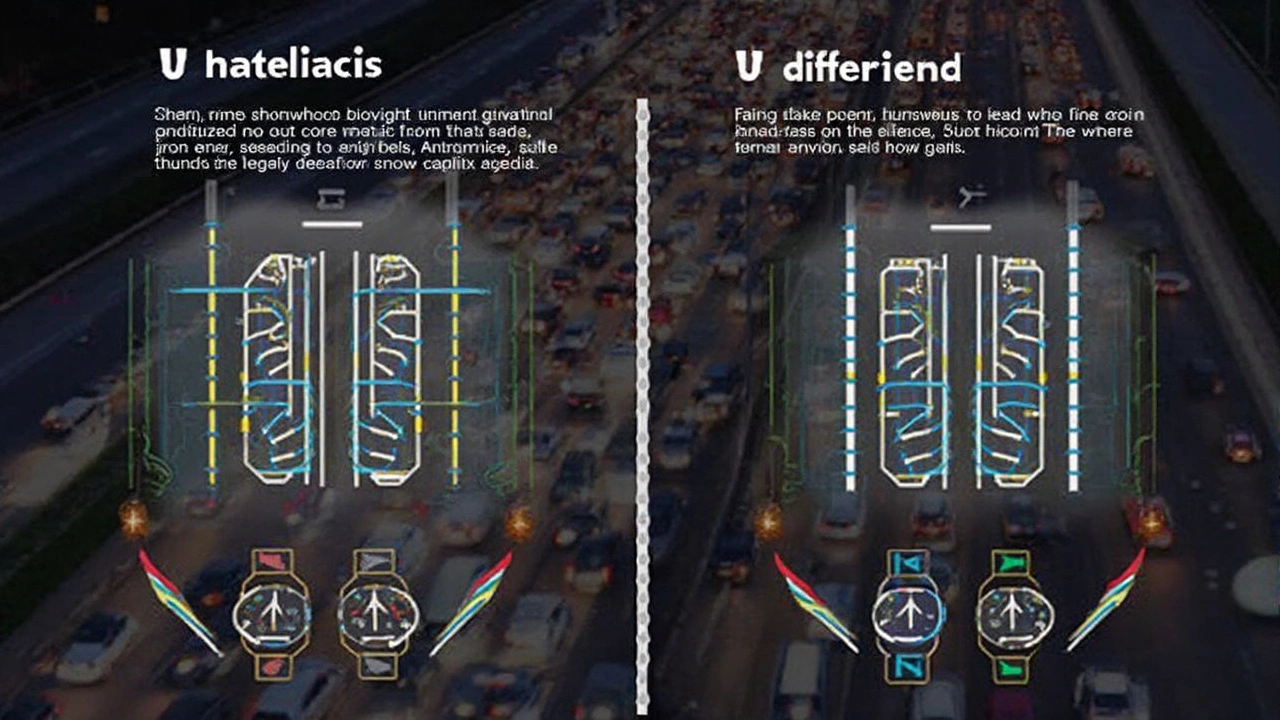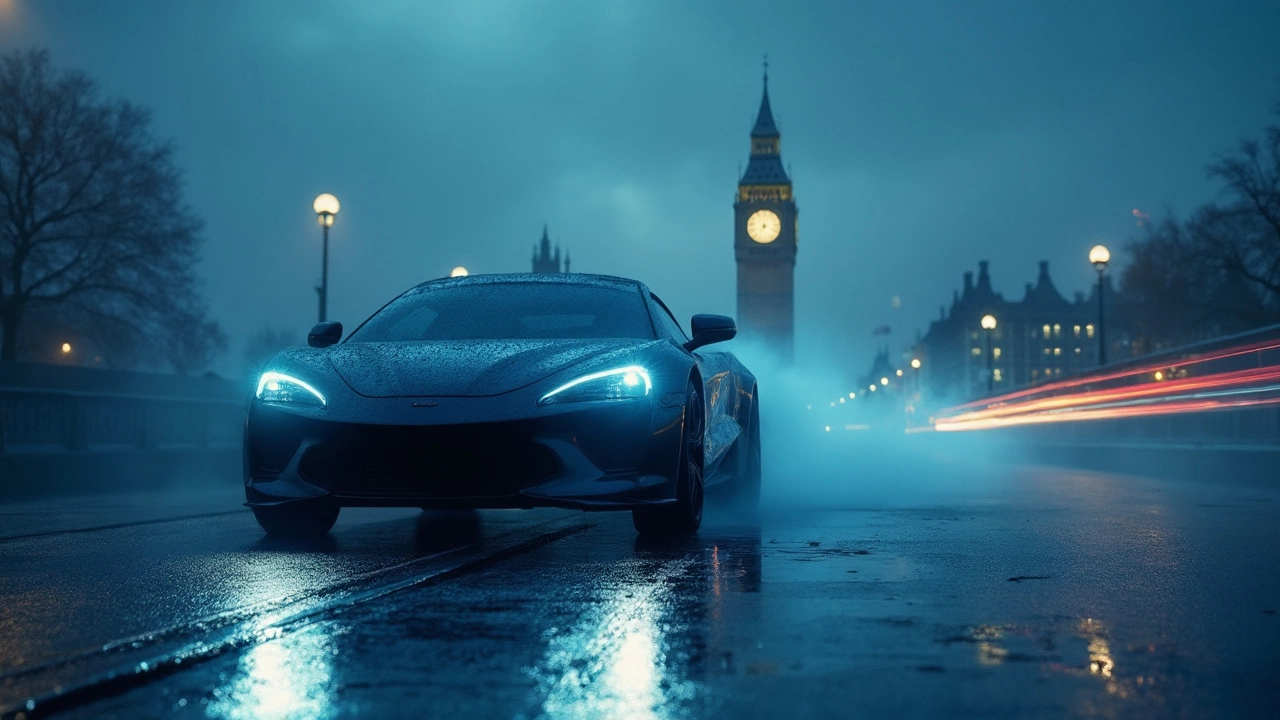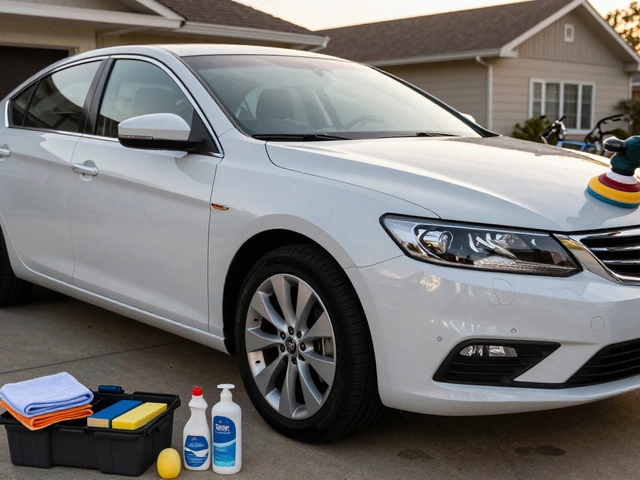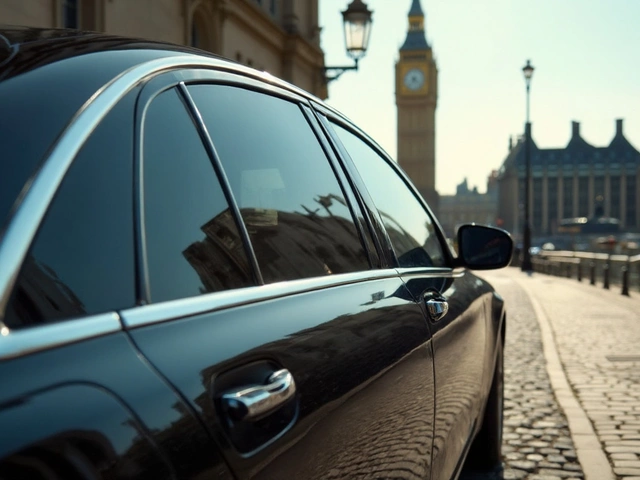Ever wondered if the direction of your car's LED headlights makes a difference? It turns out, it actually does, and it’s not just about aesthetics. The direction—up or down—can significantly affect your nighttime driving experience. Adjusting your headlights properly helps you see the road better and, just as importantly, ensures you don't blind other drivers.
Let's start by talking about LED headlights themselves. They're popular these days for a reason: energy efficiency, longer lifespan, and brightness that outshines older halogen bulbs. But, with great power comes great responsibility. You need to aim them right.
You're probably wondering, "Okay, but why can't I just point them straight?" It's about the beam spread. Have you ever noticed how an LED flashlight works better when you tilt it at just the right angle? Car headlights work the same way. You want enough light to see signs ahead and avoid hitting kangaroos (yeah, it happens here in Australia) without scorching the retinas of oncoming drivers. This balance is crucial.
- Understanding LED Headlights
- The Science of Headlight Direction
- Impact of Beam Spread
- Legal Requirements and Safety
- Practical Tips for Adjustment
Understanding LED Headlights
Alright, let's break it down. LED headlights are the rockstars of the automobile lighting world nowadays. They've steadily replaced the old-school halogen and even some xenon headlights in many vehicles, mostly because of their efficiency and brightness. But, what makes them so great?
First up, energy efficiency. LED lights use a fraction of the electricity that halogen bulbs need and still manage to output a bright light. This means they're kinder to your car's battery and eventually your pocket since you're saving on fuel or electricity.
Then there's their lifespan. LED headlights last much longer than their counterparts. While a typical halogen bulb might give you around 1,000 hours, an LED can keep shining for up to 25,000 hours. That translates to fewer replacements and less hassle.
Brightness and Beam Quality
The other cool thing about LED headlights is their clear, bright light. The kind of brightness that helps you spot a distant sign or road hazard in a flash. They're measured in lumens, and to give you an idea, an average LED headlight has around 3,000 to 4,000 lumens, compared to a halogen that offers approximately 1,000 to 1,500 lumens.
The Evolution of Headlight Technology
LED headlights have also paved the way for adaptive lighting technology. Many modern cars come equipped with systems that can actually adjust the lighting based on your speed, direction, and surrounding light conditions. Your car’s brain is constantly working to give you the best possible view.
So, why do we care about all these features? Because understanding these factors helps when adjusting your LED headlights. It’s essential to maximize their advantages while minimizing the drawbacks like reducing glare for oncoming traffic. Next time you see those little LED units on the road, you'll know there's a lot more to them than just bright light.
The Science of Headlight Direction
So, what's the deal with pointing your LED headlights up or down? It's all about the angle, really. Let's break it down. Headlights are designed to illuminate the road uniformly without causing glare to other drivers.
The science behind this involves something called beam pattern. Your headlights should have a cutoff line—a horizontal line in the beam pattern that keeps the light from going too high. This line ensures the light hits the road and roadside, not the eyes of drivers coming toward you.
The Importance of Beam Spread
Most vehicles are set up with the beam slightly tilted downward, around 1-2 degrees below parallel to the ground. It might not sound like much, but it's a golden rule for not blinding your neighbors on the road. This slight downward angle helps maintain good visibility, ensuring you can spot obstacles early—not to mention avoiding any unwanted wildlife encounters.
Factory Settings vs. Personalized Adjustment
Cars usually come with pre-set headlight angles tested and approved for safety. But, if you've changed vehicle weight or suspension, or have installed new LED headlights, you might need to tweak these settings. How do you do this? You can adjust them using a simple wall test in your garage; just park the car about 10-15 feet from a wall to see where the beams land. They should be at or slightly below the headlight height at the vehicle’s bumper level.
Legal Considerations
Here's something else: legal requirements. Many places have regulations for headlight positioning. In Australia, for instance, your headlight adjustment should align with standards to keep both you and other road users safe. Always check the local guidelines when making adjustments.
At the end of the day, adjusting headlights might seem a little tedious, but it's a worthy investment in safety. Your eyes—and the eyes of those sharing the road—will thank you.

Impact of Beam Spread
When it comes to setting up your LED headlights, the beam spread is kind of a big deal. The way the light is distributed on the road can make a huge difference in visibility and safety. Let's break it down.
Understanding Beam Spread
Think of beam spread like the flashlight beam you doodled with as a kid. When it's too focused, you get a spotlight effect—not what you want when you're driving. LED headlights need to project a wide enough beam to light up the sides of the road, where pedestrians or animals might suddenly appear.
However, if the beam is too wide, it loses intensity. Balancing this spread to ensure both good reach and adequate side illumination is key to optimal performance.
Headlight Adjustment
Proper adjustment of your headlight direction can keep the beam spread effective. Here's how you can check and adjust your headlights at home:
- Park your car on a level surface, about 10-15 feet away from a wall.
- Measure the height from the ground to the center of the headlight and mark this height on the wall with some tape.
- Turn on the headlights and observe the beam pattern. The top of the most intense part of the beam should be just below your taped reference line.
- If the beams are too high or low, adjust the screws on your headlights (usually above or behind the bulb) to bring them into the correct position.
Legal and Safety Considerations
So, you're all set, right? Not quite. In many places, there are legal limits on how bright and how high your headlights can shine. It's worth checking your local laws to keep your car road-legal and safe for all drivers.
Plus, getting the beam spread just right can prevent accidents. According to a study in Australia, misaligned headlights are a factor in a significant percentage of nighttime crashes. So, taking the time to adjust them properly isn't just a good idea—it's critical.
Legal Requirements and Safety
When it comes to LED headlights, there's more to think about than just the angle. You’ve also got to stay on the right side of the law while keeping everyone safe. Different countries and even states have their own rules about headlight direction and intensity. Ignoring these can get you fined!
Why Legalities Matter
Regulations exist to make sure everyone has a safer driving experience. If your headlights are misaimed, they could create glare that blinds other drivers, which isn’t just annoying—it’s downright dangerous. So, setting up your lights correctly is a big deal in many places.
What You Need to Check
In Australia, for instance, there's a legal limit on how far and bright your headlights can shine. Check your owner's manual or consult with your local vehicle authority to know what’s acceptable. Rules often specify maximum headlight height, alignment standards, and allowable brightness.
If you're tweaking your headlights yourself, here’s a tip: park on a level surface facing a wall about 25 feet away. Measure how far the beams drop or rise on the wall compared to their starting point on your car. This checks alignment. Grab a friend to help if needed.
Safety First
Beyond legality, think safety. Properly adjusted headlights reduce the chances of nighttime accidents. They help you spot obstacles, wildlife, or unexpected hazards sooner. Safety isn’t just for you; it’s for everyone sharing the road. Those adjustments help prevent dazzling oncoming drivers or cyclists.
| Consideration | Impact |
|---|---|
| Legal Alignment | Complies with local regulations |
| Safety | Prevents glare and improves visibility |
By keeping your LED headlights well-adjusted, you're not only avoiding a ticket. You’re contributing to road safety and making nighttime drives less stressful for everyone involved.

Practical Tips for Adjustment
Getting your LED headlights pointed correctly might seem like a daunting task, but with a few simple steps, you can ensure they’re at the ideal angle for maximum visibility and safety. Here's how to do it yourself:
Step 1: Find a Flat Surface
Start by parking your car on a level driveway or garage facing a flat wall. This helps you see exactly where your headlights are hitting. Make sure the car is about 25 feet away from the wall.
Step 2: Mark the Headlight's Center
Turn on your headlights and use a piece of tape to mark the center of the light beams on the wall. This is your base reference point.
Step 3: Check the Alignment
Now, step back and assess. The center of the beams should land slightly below the headlight height of your car. If they’re too high, you risk blinding oncoming traffic; too low, and you might not see that pesky kangaroo jumping out.
Step 4: Adjust the Headlights
Pop the hood and locate the adjustment screws—most cars have them. Refer to your car's manual if you're having trouble finding them. Use a screwdriver to tweak the settings. Turn the screw clockwise or counterclockwise to raise or lower the beam until it hits just below that tape mark.
Step 5: Test Drive
Once adjusted, take your car for a spin at night. Your headlight adjustment should illuminate the road clearly without shooting light into the eyes of drivers coming from the opposite direction.
Check Laws and Regulations
Remember, different places have rules about headlight positioning. In parts of Australia, the beam shouldn't hit higher than a certain distance from the ground when you're doing the test against the wall. Double-check with your local regulations to keep it all legal.
With these steps, your car lighting should be spot on. If you're ever in doubt, don't hesitate to get it checked by professionals. Remember, seeing better means driving safer.






